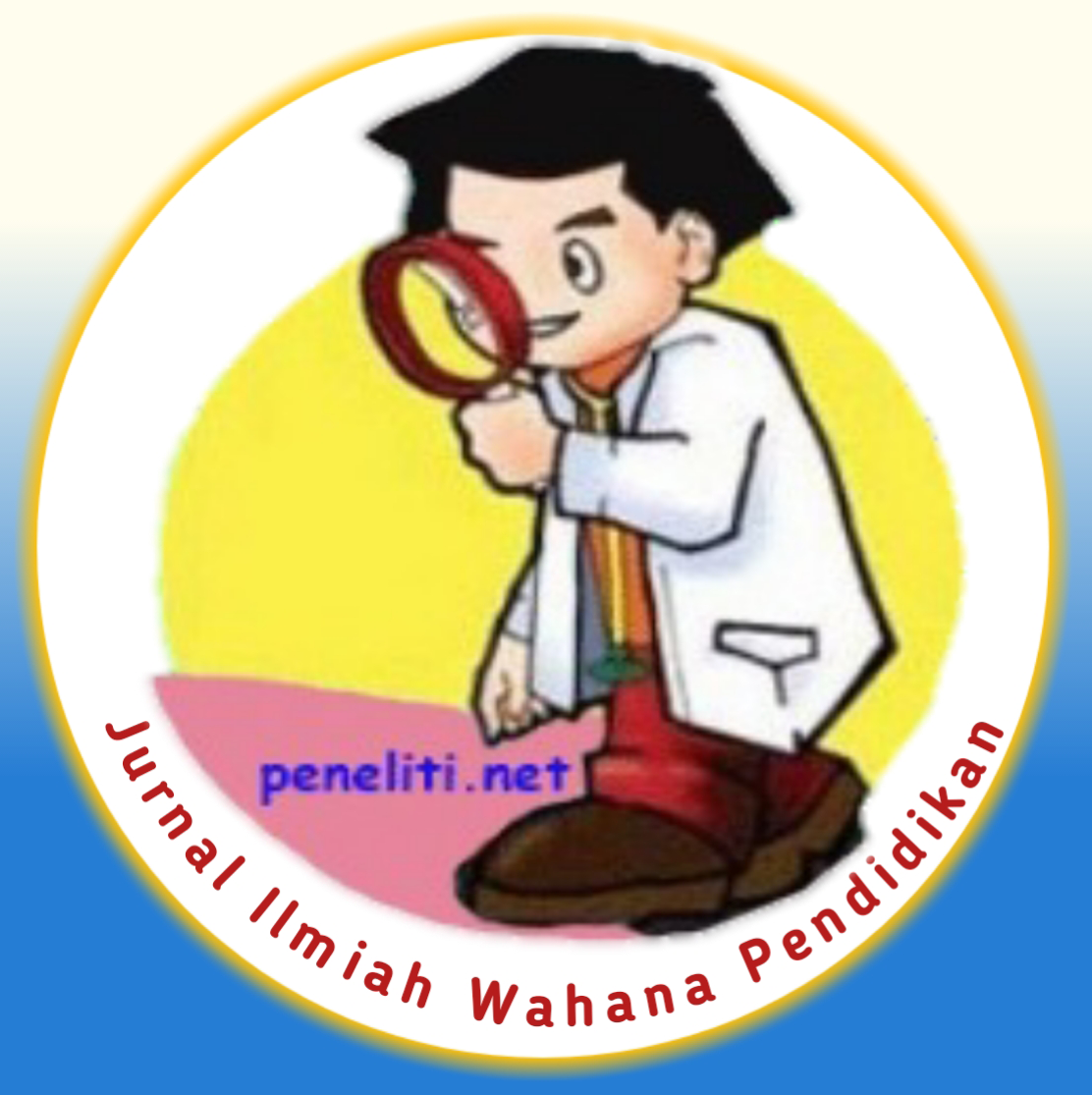Analisis Risiko Kecelakaan Kerja Menggunakan Metode Failure Mode Effect Analysis (FMEA) Pada Pembuatan Blower Pengering Padi (Studi Kasus di Cv. Jasa Bhakti)
Abstract
The company is a place where humans perform a physical work activity to produce a product to be sold. The application of occupational health and safety in the workplace is an effort to create a safe, comfortable and healthy work environment and environment for workers. This research was conducted at CV. Jasa Bhakti focuses on making rice dryer blowers, Failure Mode Effect Analysis (FMEA) is one of the methods in K3 analysis. FMEA is a method used to identify and detect several potential failure modes by prioritizing solutions based on probability, severity, and how the failure can be easily identified. From the results of the FMEA analysis, it was found that several work processes for making rice dryer blowers have a risk of work accidents.
References
Apriyan, J., Setiawan, H., & Ervianto, W. I. (2017, April). Analisis Risiko Kecelakaan Kerja Pada Proyek Banguna Gedung Dengan Metode FMEA. Jurnal Muara Sains, Teknologi, Kedokteran, dan Ilmu Kesehatan, 1(1), 115-123. Dipetik 06 04, 2022
Kresna, S. A., & Subagyo, A. M. (2022). Kresna, S. A., & Subagyo, A. M. (2022). Tinjauan Pengendalian Kualitas Produk Menggunakan Metode Failure Mode And Effect Analysis di PT. XYZ. Jurnal Ilmiah Wahana Pendidikan, 8(3), 126-133.
Ramli. (2009). Kesehatan dan Keselamatan Kerja. Jakarta: Jakarta Pressindo.
Suma'mur, P. K. (1986). Keselamatan dan Pencegahan Kecelakaan. Jakarta: PT. Toko Gunung Agung.
Undang-undang Republik Indonesia No. 1 Tahun 1970. (t.thn.).




